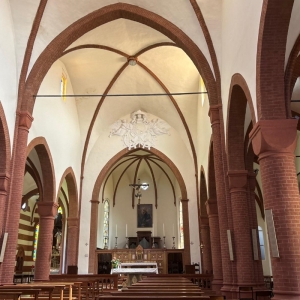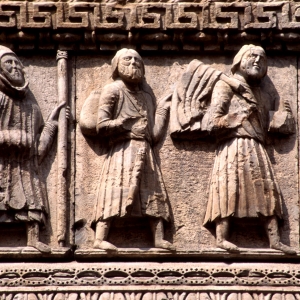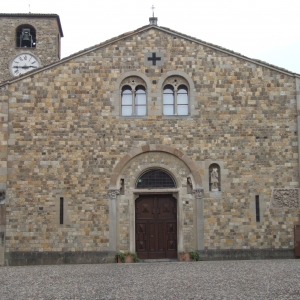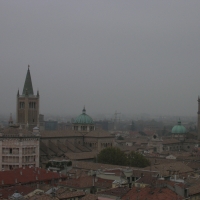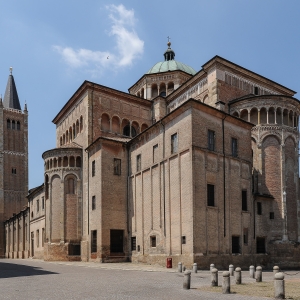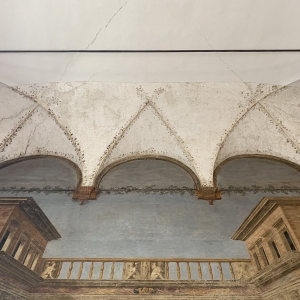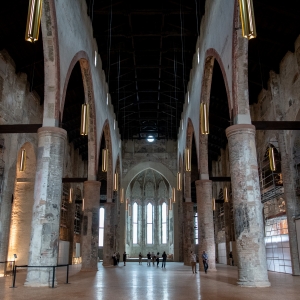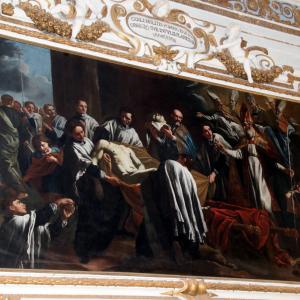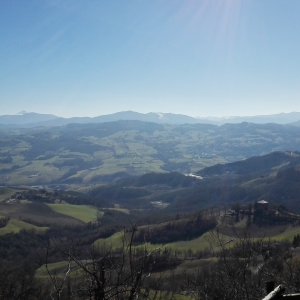
FRANCIGENA WAY
The Via Francigena is an ancient pilgrimage route that connects the North-West of Europe (the land of the Franks) to Rome and to Santa Maria di Leuca, in the direction of Jerusalem. Contrary to what one may believe, the route historically was not a unique itinerary, but a bundle of walking trails that jointly created a road system leading to Rome.
Today’s route departs from England and crosses France, Switzerland and Italy until it reaches the heart of Christianity and Peter’s tomb, and then it continues to the ports of Apulia. The chosen itinerary from Canterbury to Rome covers the 79 pilgrimage stages walked in 990 A.D. by Archbishop Sigeric, who went to Rome to receive the Pallium by Pope John XV. The itinerary that leads from Rome to Apulia is based instead on the witnesses left by an anonymous Burdigalian pilgrim in 333.
Since 1994, the Via Francigena is certified “Cultural Route of the Council of Europe”, thus settling a “fixed itinerary” and, just like the Camino de Santiago, recognizing the supranational dimension necessary for its management. Since 2019, the Council of Europe recognized the Southern Via Francigena as part of this cultural itinerary, extending the length of the route to 3,200 km.
The region of Emilia-Romagna is crossed by six stages plus some historical variants, summing up to 200 km which present authentic landscapes, emotions and unique communities. From the Po river and the evocative Ford of Sigeric, the trail crosses the municipalities of Calendasco, Rottofreno, Piacenza, Pontenure, Cadeo, Fiorenzuola d’Arda and Alseno, in the province of Piacenza. The trail in the province of Parma opens with Fidenza and continues by crossing Noceto, Medesano, Fornovo di Taro, Terenzo e Berceto.
Finally, the historical variant departing from Parma crosses the municipality of Collecchio and skirts the River Park of Taro, connecting to the main trail in Fornovo di Taro.
Junctions
From the Via Francigena you can join the Via di Linari.
The Via Francigena is recognized as an official trail by Mibact’s Atlas of Paths in Italy.


